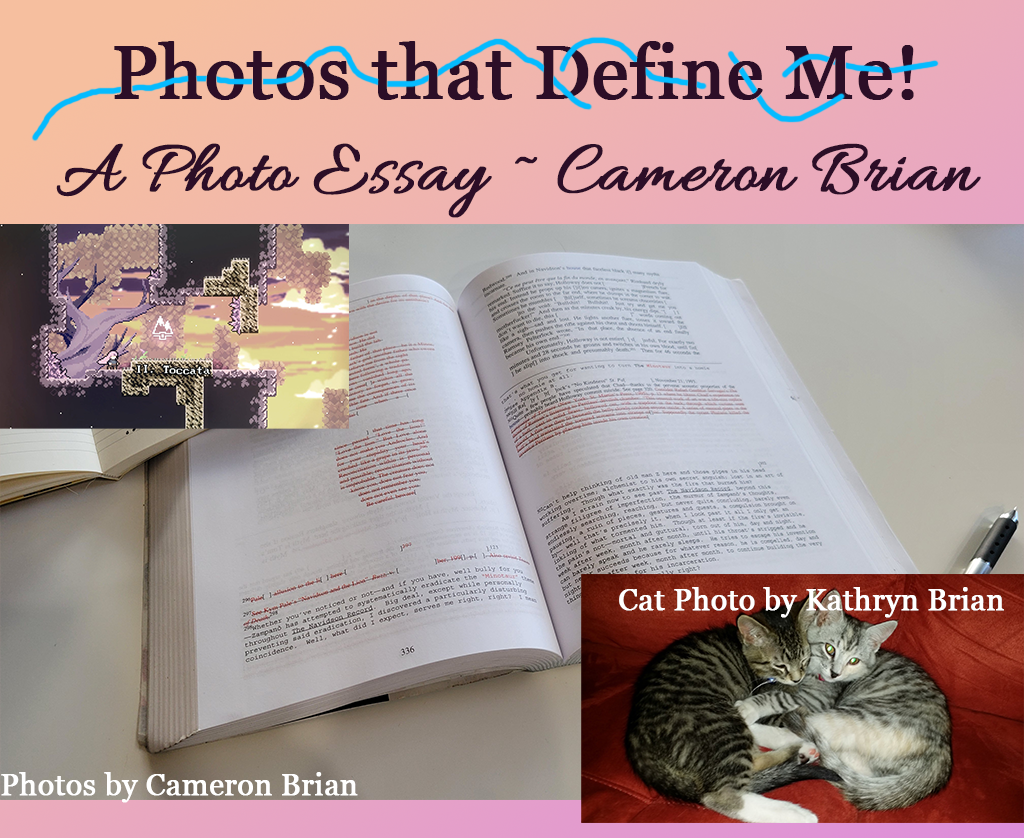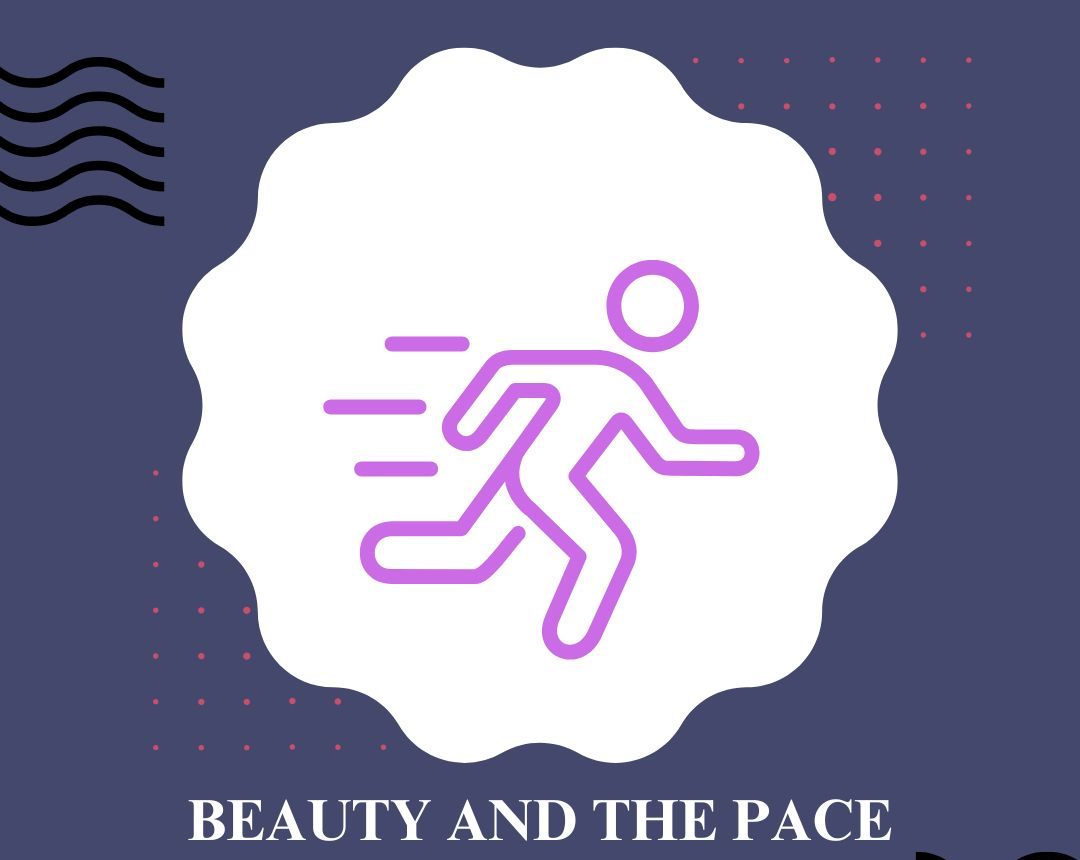Drowsy Chaperone: Costuming Q&A
Mrs. Tottendale’s dress, which was detailed by Akyra Cambric and Ivy Stark at the time of the interview.
October 6, 2022
When you are watching a play at LVA’s Black Box or Lowden, you definitely see the actors and their characterizing costumes bathed in the spotlight, but do you ever wonder how those costumes are made? Now you don’t have to.
I interviewed three theater tech majors, Ivy, Akyra, and Olivia, about their work in the upcoming musical, The Drowsy Chaperone. The tech crew corresponded via a hands-on interview in the shop backstage. Each student is assigned a character to make costumes for. Additionally, each female character is double cast and needs their own individual costume.
These interviews have been edited and condensed for readability.
Ivy Stark: in charge of Mrs. Tottendale
Q: Can you describe Mrs. Tottendale?
A: She’s an old lady and she has dementia, so she forgets a lot. She’s kind of ditzy. Very out there.
Q: What have you worked on for the dress so far?
A: I have two dresses. One of them was pretty much good on its own; it fit the actor. I had to take in the top. We’re redoing some detailing on it right now. And then for the other dress, it was pretty bland and plain, so we had to add thicker sleeves. We had to find something like a shawl to put over the sleeves, and we’re adding a little more detailing to it. We had to put poofier skirts under to make the dress poofier.
Q: Do you have a favorite element of the costumes?
A: Just the way that they fit together and the way both dresses coordinate.
Q: Is there a projected time for when you’re going to be done?
A: It depends on what you have to do and how much you’re on top of things, but this one should be done by next week.
Akyra Cambric: in charge of Mrs. Tottendale (separate actor) and others
Q: My impression of the costume process is that it’s really work-as-you-go; is it flexible?
A: I wouldn’t say flexible at all, because everything has to be planned out. Everything has to be measured. You have to not only know how to work quickly, you have to know what to do, how to fix things and when to know to keep going or when to stop.
Q: So you have benchmarks for the things that you need to finish?
A: Yes. So right now I’m making a top, the bust part. I need to resize the bust part. Make it to where it can come off, to do a quick change… And then it has to be on clips, but I have to change the clips to Velcro, and make sure that it’s also wearable to where it doesn’t come off when the person is ripping it off.
Q: Is there a specific element of your dress that you liked the most?
A: I think the translucent fabric is my favorite.
Q: Have you noticed elements exclusive to the 1920s in all the costumes?
A: Yes, they’re all very loud. I would say no character is not dressed well.
Q: Do you think there’s any qualities that you need to be a theater tech costumer, like a personality trait or work ethic?
A: I feel like it doesn’t take anything. You can be any person, you can have no experience, and still be able to be a costumer or make clothes or do whatever you want to do. If you want to do something, you’re going to do it. I’m personally a procrastinator, but I feel like no matter your time ethic, it’s still going to look good, if you really want it to look good when you finish. And if you ask the right questions, if you get the right help, and you act like you aren’t the only person, that you’re actually on a team, it helps you get the job done a lot quicker.
Q: What’s your advice for people who want to be theater techs?
A: You’re not alone. If you think that you’re alone, you automatically fail.
Olivia Swadkins: in charge of patterning, ensemble
Q: So what does patterning entail?
A: Patterning entails a lot of measuring and math. For each pattern there can be up to probably four or five pieces….the highest amount I’ve ever made is probably 20. Each piece you have to make sure fits the body correctly. Like in a T-shirt, you have the two sleeves and you would think they’re really easy to make, but depending on the different bodies you have and the different sizes, they can drastically change. Measurements are really, really important.
Q: Do you really enjoy the math part?
A: Yeah, I like math in
general, and it’s not a lot of hard math. It’s just a lot of geometry.
Q: What about researching? What does that entail?
A: It’s a lot of looking at reference photos and a lot of, especially for this show, watching and reading the script.
Q: Which pattern do you think is the most interesting?
A: I feel like the bunnies were the most interesting. They took the most time because it was really difficult to know what type of costume we wanted to make. We went back and forth with probably four or five different designs before we actually got the final one for the bunnies. We didn’t want them to be like Playboy bunnies; we wanted them to be crazy and goofy. The official title of the costumes is “Psycho Bunnies.” So we did a giant tutu that sticks out and then we did this bunny hat, kind of like Louise’s from Bob’s Burgers.
Q: Since Drowsy is set in the 1920s, is there a specific trend that you see in the costumes?
A: Yes, a lot of them are drop-waisted because high-waisted wasn’t a thing in that time. Drop-waisted was really, really popular. It counteracted the 1800s, where they used corsets more; at the time most younger people wanted to get free from that and kind of “defy” their parents.
Q: What’s your favorite part of the whole costume process?
A: My favorite part is probably drawing and designing, but I also love having that finished product because you feel really proud of yourself once it’s done. But I hate having to make the same thing over and over again. I love making new things.
Q: What advice would you have for someone who wants to be a costumer?
A: I would advise to honestly just come in. If you’re interested in costuming at LVA, just come into the costume shop and supervise for a day; we’ll always have something that you can learn or do because we’re doing so many things. You can learn so much from the shop. I’ve learned 90% of what I know from working here.






















